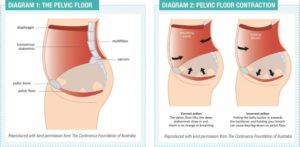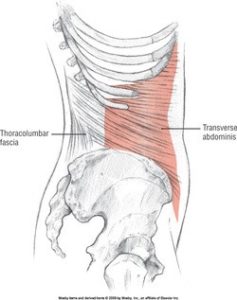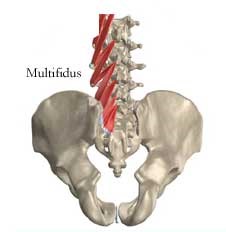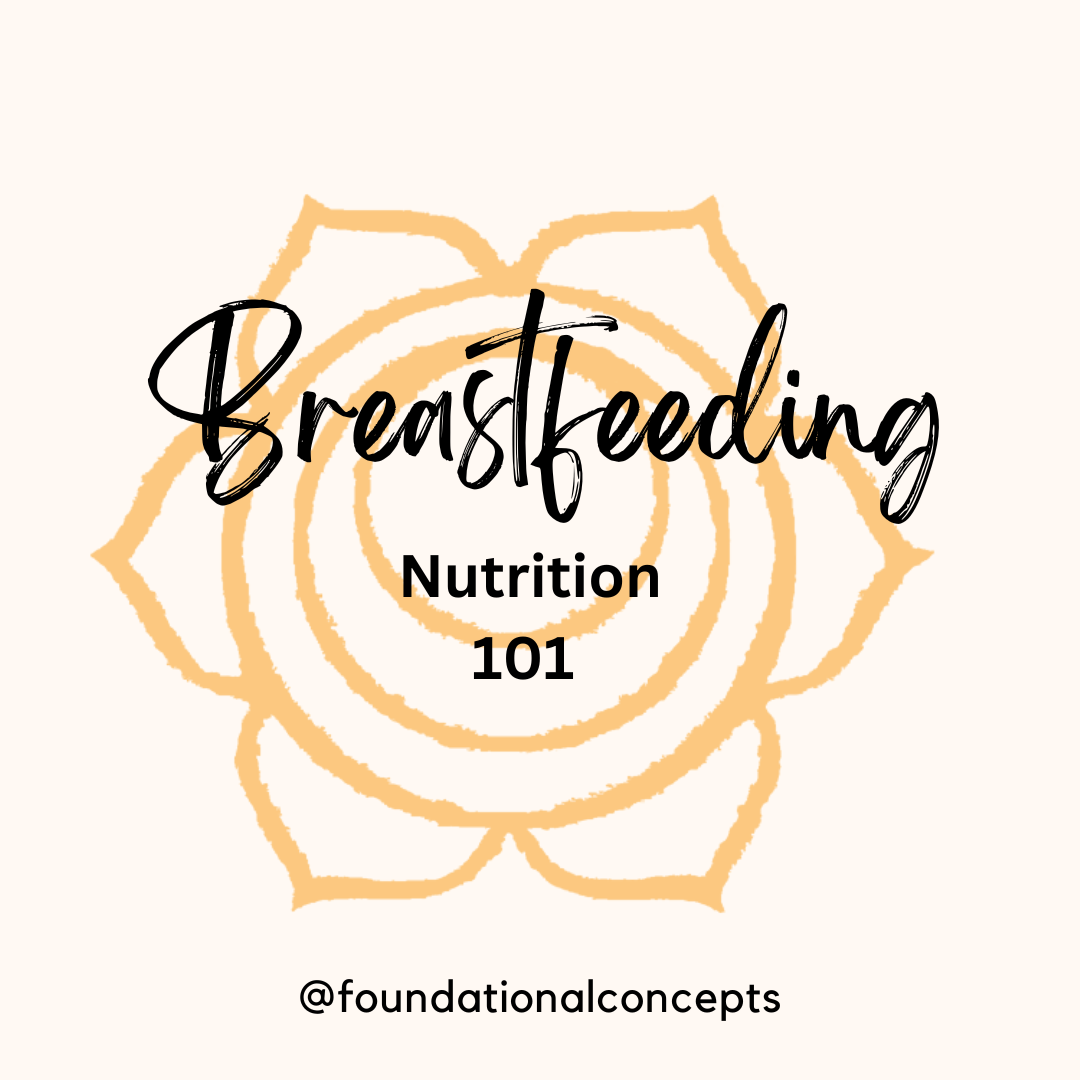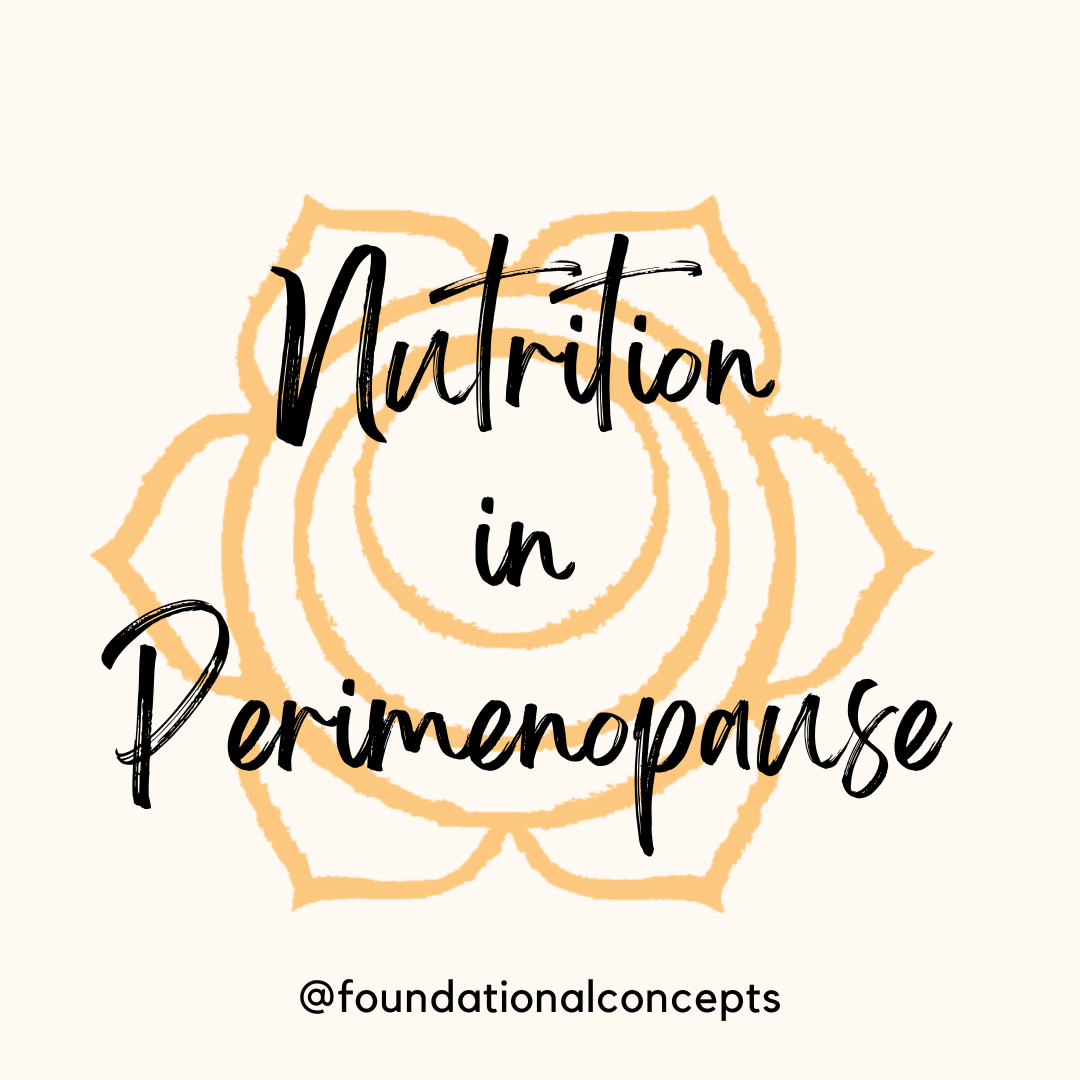Nutrition plays such an important role in our pregnancies and post-partum periods. Breastfeeding requires time…

The Pelvic Floor and Core Musculature
Have you ever wondered what happens to keep your spine, pelvis and hips stable while you exercise, or perform daily tasks? Probably not, unless you are an anatomy nerd like me. I am amazed by the symphony of muscle coordination that occurs for us as humans to squat, or to bend over to pick up an object. This blog discusses how the pelvic floor relates to your deep stability muscles and how they must all work together for healthy function.
What is the Pelvic Floor?
The pelvic floor is a group of 16 muscles that work together as a functional unit to provide support, control, sexual function and stability to the pelvis and spine. The diaphragm is an essential partner with the pelvic floor, creating the top of the abdominal canister while the pelvic floor forms the bottom. These two muscles must function in coordination with one another for proper control of pressure mechanics to exist.
When you inhale and the diaphragm contracts down toward the pelvis, the pelvic floor must elongate to accommodate for the pressure change. As you exhale, the pelvic floor gently contracts as the diaphragm returns to its resting position. This must also happen when you lift heavy objects, cough or laugh. If the coordination of these two is out of sync, you leak urine, or develop prolapse because you are not able to control for the pressure mechanics in the pelvis.
Transverse Abdominus
The other very important core muscle is the Transverse Abdominus muscle, often called the “Lower Abs”. This is the deepest of the abdominal muscles and forms a girdle or corset. When this muscle contracts, the abdomen flattens and the fascia in the lumbar spine tightens providing stability to the pelvis and spine. This muscle contracts in anticipation of movement. Meaning, before you ever begin to lift an arm to put a dish away, your TrA is activating to provide stability before your arm moves. This is critical to prevent low back, hip and pelvic joint injuries and joint dysfunction.
The TrA often must be retrained to contract in isolation of other muscles in the pelvic girdle before you can move to more traditional “core strength” exercises. It is very important it be coordinated with the pelvic floor, diaphragm and multifidus muscles, which we will discuss next.
Multifidus
The deep muscles of the spine, called the Multifidus are the 4th of the core muscles. They lie deep in the spine, and attach at each single vertebral segment. The Multifidus muscles work in coordination with the pelvic floor, and TrA to provide stability before movement of the arms or legs. This is another muscle that must be trained in isolation. This way, the muscle can be found before moving into more traditional core exercises. They form the back wall of the abdominal canister, supporting the spinal segments and sacrum.
Healthy Movement Patterns
Any weakness or over activity of any of these muscles causes a dysfunction of the entire system. There is an intricate balance in this muscle group that allows for proper pressure mechanics providing motor control and joint stability to prevent injury. These healthy movement patterns are unique in each person and allow for pain free function. Because each person is unique, their program of exercise must also be individualized to them. This is why Physical Therapy can be so helpful in regaining good motor control and function. At Foundational Concepts, we spend a full hour with each patient individually to ensure success in therapy.
Symptoms of a Problem
Symptoms of leaking urine with exercise, or pain during or after exercise or with daily movements are a sign that something is wrong. It is important to see a pelvic PT who can assess what the problem, regarding your individual system, and prescribe the appropriate exercise program. Many people are unable to correctly contract the pelvic floor, TrA or Multifidus muscles when asked to. Also, many of us do not breathe correctly with our diaphragm, and certainly are not coordinating it well with our core muscles. It can often be an issue of muscle over activity, especially with athletes or people who exercise often.
If you have concerns, my best advice would be to see one of our specially trained therapists. They can help you determine if you do have weakness or muscle over-activity. They can also determine whether you are correctly engaging those muscles. This will maximize your effort and time spent on exercise, helping you to achieve the best results. Having a strong core sets up a solid foundation for building global muscle strength. Focusing locally and connecting with your deep system will make core exercises safer and easier.
-Sarah Dominguez, PT, MSPT, CLT, WCS

